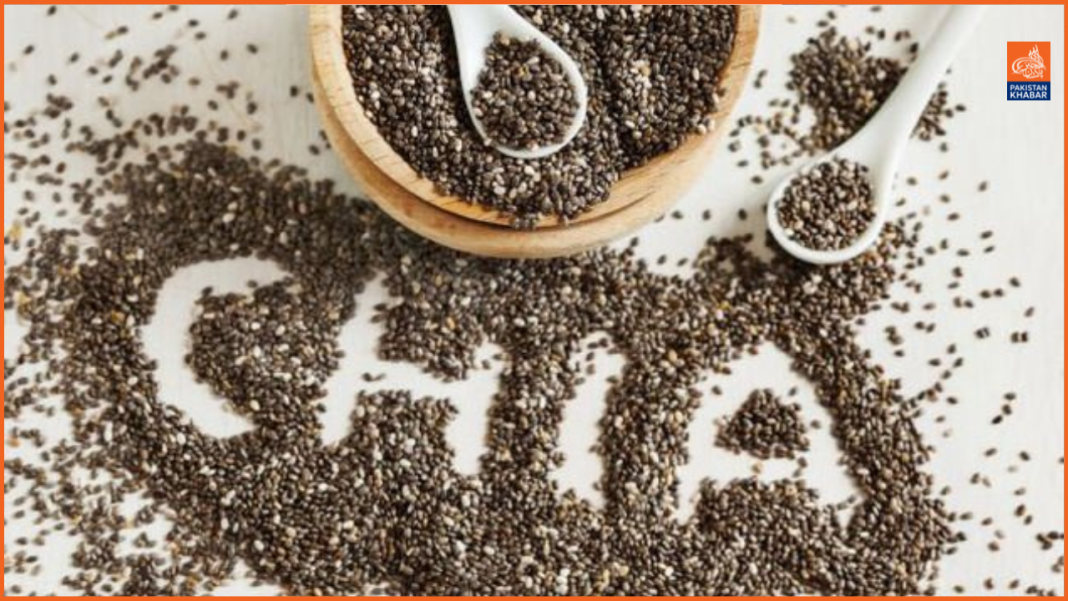Pakistan has the potential to generate substantial revenue from both domestic and international markets by promoting unconventional crops like chia seeds, according to Dr. Riffat Tahira, Principal Scientific Officer and Program Leader of the National Medicinal, Aromatic, and Herbs Program at the Pakistan Agricultural Research Council (PARC), in an interview with WealthPK.
Chia seeds are nutrient-rich, high in protein and fiber, and contain potassium and magnesium while being low in sodium and iron. Potassium is particularly beneficial for heart patients, while magnesium helps relax muscles by releasing metabolites such as uric and lactic acid, which cause stiffness. At the National Agricultural Research Centre (NARC), chia is currently grown solely for seed production, though there is potential to develop a higher-yielding variety if a dedicated program is initiated. Chia seed oil is recognized for its anti-inflammatory benefits. However, the seed’s hard coat requires soaking overnight for easier digestion, and excessive consumption should be avoided due to the presence of antinutrients like oxalates, tannins, and phytates, which can cause health issues such as kidney stones, disrupt cell functions, and hinder iron absorption.
Muhammad Atif Majeed, Deputy Director at the Pakistan Forest Institute in Peshawar, spoke to WealthPK about the environmental and health benefits of chia cultivation. Chia, which belongs to the mint family, thrives in tropical and subtropical climates and is known for being low-impact in terms of water consumption—an important factor for planetary health. The seeds are rich in omega-3 fatty acids, antioxidants, and essential amino acids, and are also gluten-free. In Pakistan, chia seeds are commonly known as Tukhm-e-Sharbatee and have a growing market presence due to their health benefits.
Dr. Tahira emphasized that diversification programs are essential in Pakistan to promote high-value crops like chia, which not only offer economic benefits but also contribute to environmental sustainability. She added that Pakistan’s climate is well-suited for chia cultivation, with the crop being planted in August or October. While chia seeds are already available in malls, shops, and online stores at premium prices, there is room to boost domestic production through proper introduction and cultivation practices.
Chia seed oil is increasingly being recognized for its high anti-inflammatory properties, and the plant’s environmental benefits, such as restoring soil health, make it an attractive option for sustainable agriculture. However, consumers should be mindful of the seeds’ antinutrients and avoid overconsumption.
Atif Majeed further highlighted chia’s versatility, noting that it can be consumed in various forms—raw, soaked, or added to foods like porridge, smoothies, or rice dishes. He also stressed the need for an awareness campaign to promote chia cultivation in Pakistan.
Globally, the chia seed market is projected to grow from $1.52 billion in 2024 to $3.60 billion by 2031, with a compound annual growth rate (CAGR) of 13.1%. Similarly, the chia seed oil market is expected to grow from $0.7 billion in 2024 to $1.76 billion by 2031, with a CAGR of 16.51%. Given the growing demand for chia as a superfood and its role in soil revitalization, policymakers are urged to take practical steps to promote chia cultivation as a valuable crop for Pakistan’s economy and environment.




